Why the Best African Walking Safari is in the Eastern Serengeti
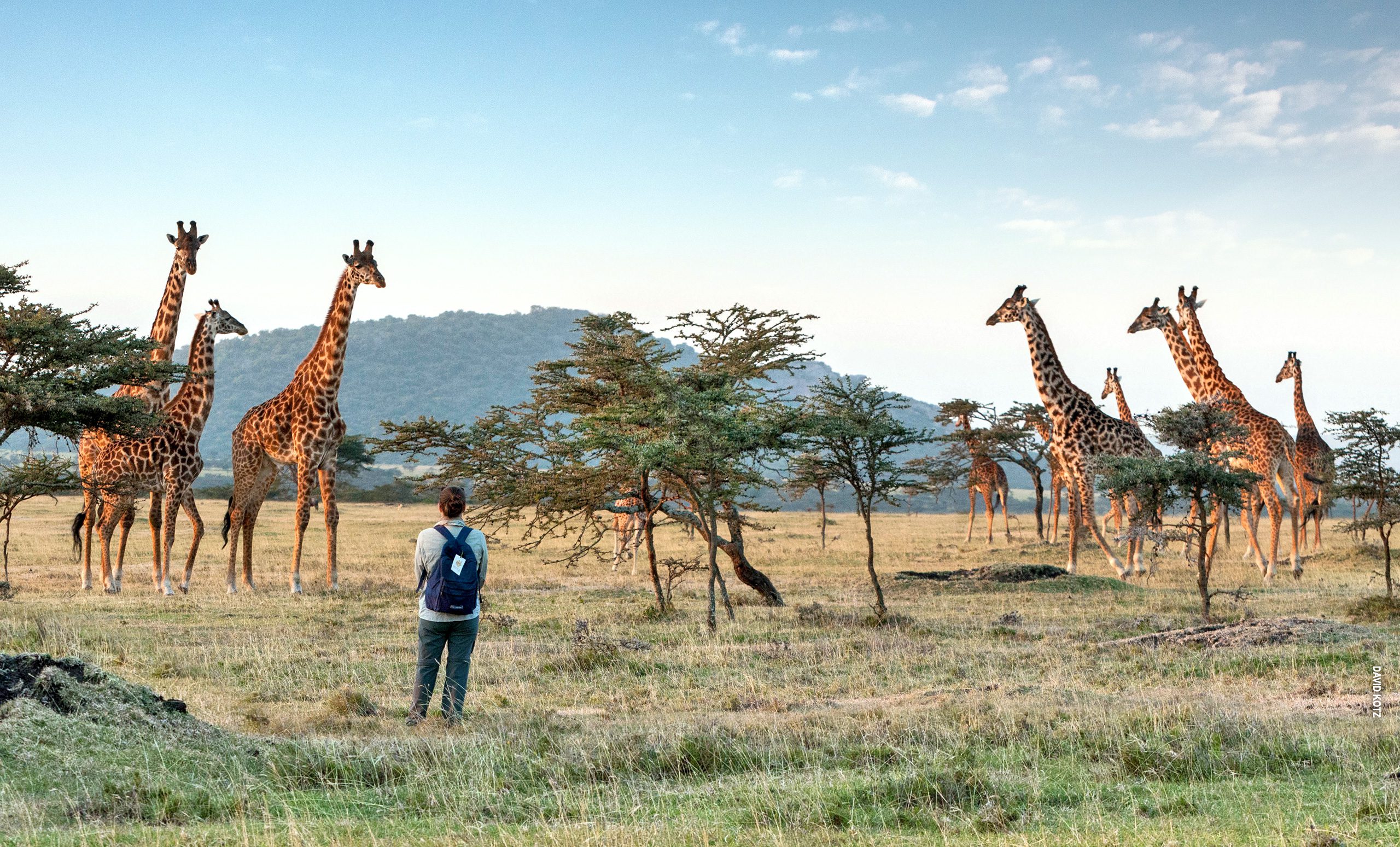
Stretch your legs, sink your boots into the dirt and walk among the wildlife on an African walking safari, one of the most exclusive travel experiences in Tanzania.
On a walking safari, there’s no vehicle, no barrier between you and the animals, allowing you to get a freer, deeper connection to the Serengeti and its wildlife.
So, ditch the Land Rover and take a hike! Here’s what you need to know about an African walking safari and why we can’t recommend it enough.
What is a Walking Safari?
A walking safari is exactly what it sounds like: you and your guide, walking the same earth as the animals, with nothing but space in between. It’s a great change of pace to the wildlife drives on most of your trip. Foot by foot you’ll meet wildlife at eye level and create a serene, intimate bond with the ecosystem.
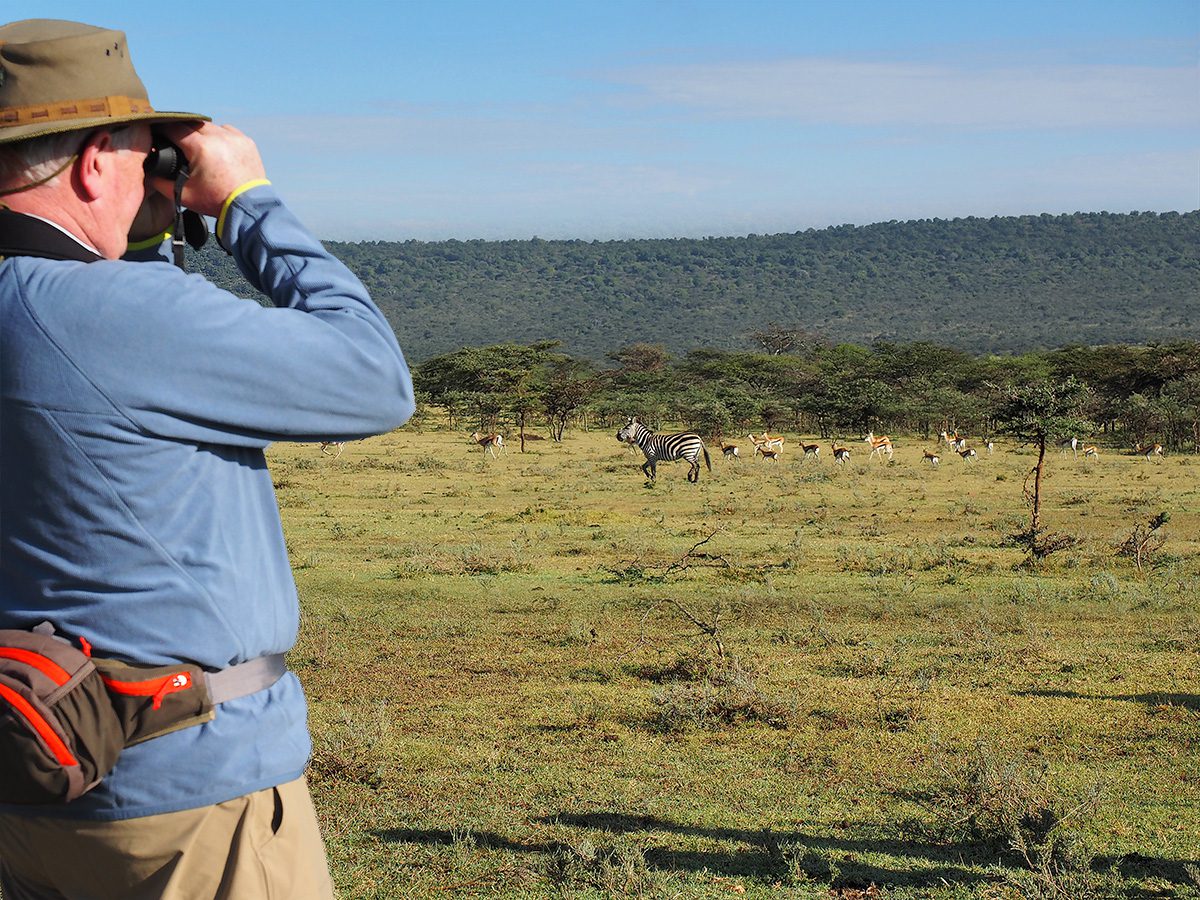
Thomson guests usually take one morning and one afternoon walking safari during their trip. They’re about an hour long, across flat terrain. Guests with limited mobility can follow the walking group in a vehicle or hang back at camp, watching any wildlife that might wander by.
Where Can I Go on a Walking Safari in Tanzania?
For conservation reasons, African walking safaris are extremely limited in northern Tanzania. One of the only places where they are consistently available is the Eastern Serengeti Nature Refuge, a private 10,000-acre area that Thomson guests have exclusive access to.
This exclusivity is practically unheard of in northern Tanzania, and a boon to Thomson guests. Most safari guests will simply never experience a walking safari quite like a Thomson guest can, if they can find a place to do it at all.
Why Are Walking Safaris Such a Highlight?
The rest of your safari will be scored by the soft rumble of your Land Rover.
On foot, it’s quiet. You are not an observer of the land, but part of it.
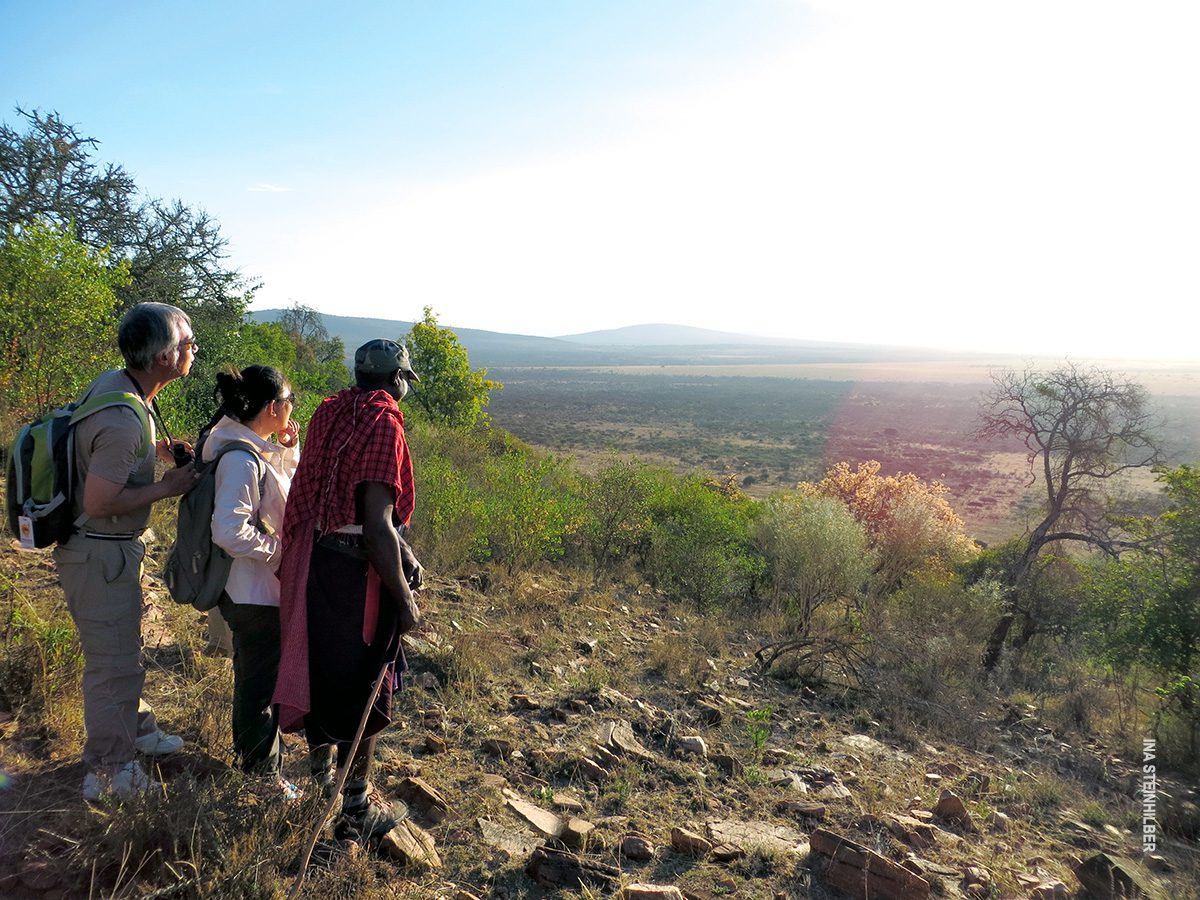
On foot, so many of the animals stand and stare back at you. It’s incredible to walk through the bush and have an entire tower of giraffe staring at you while they munch on acacia leaves. It’s like they recognize you as a curious little part of their ecosystem.
Without the Land Rover’s rumble, you pick up on other sounds too: the birds, the chuffle of a zebra or the clacking of wildebeest head butting. It’s peaceful. The absence of noise and modern conveniences allows to you experience the ecosystem the way the wildlife does.
What Wildlife Will I See on a Walking Safari?
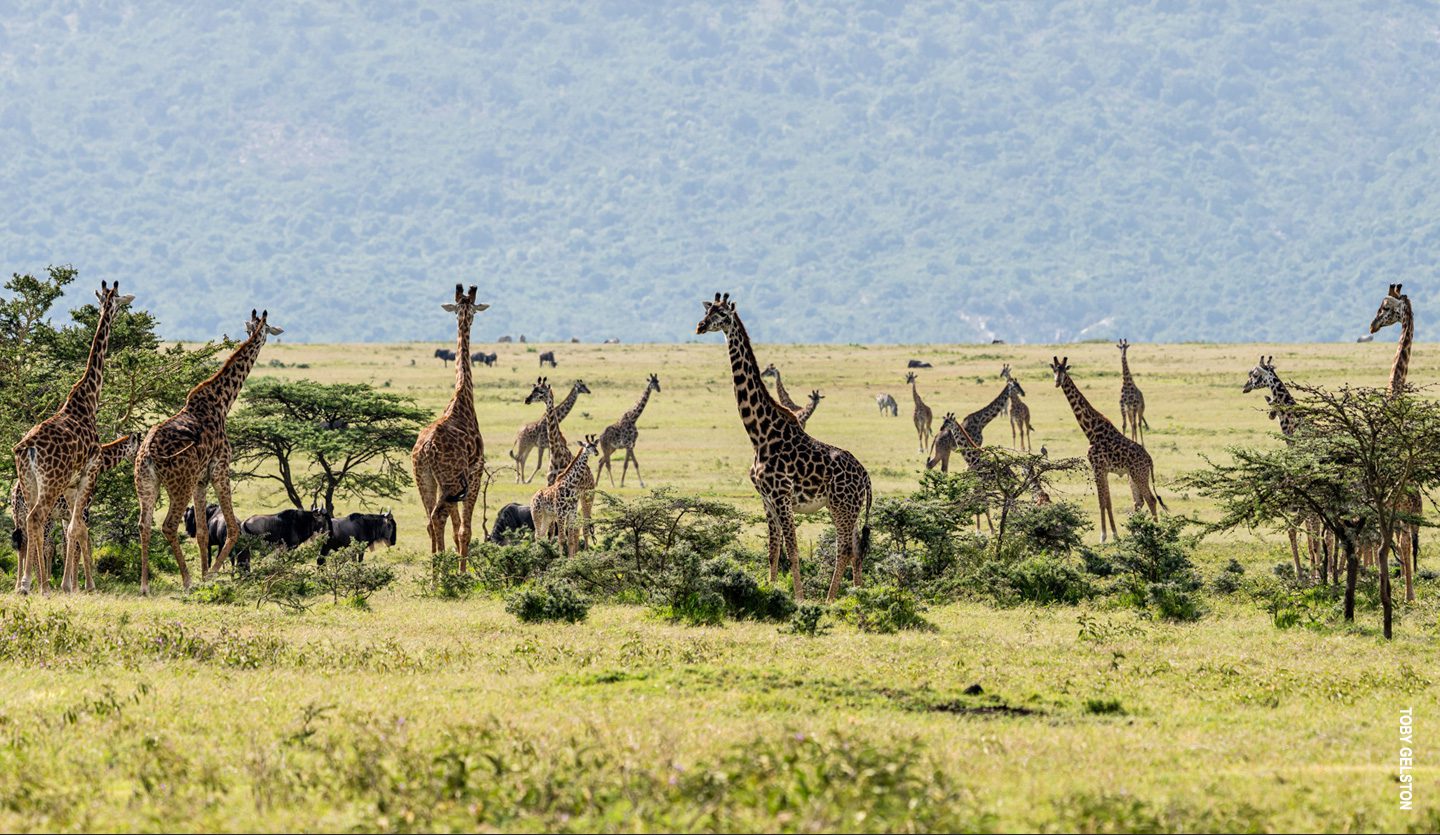
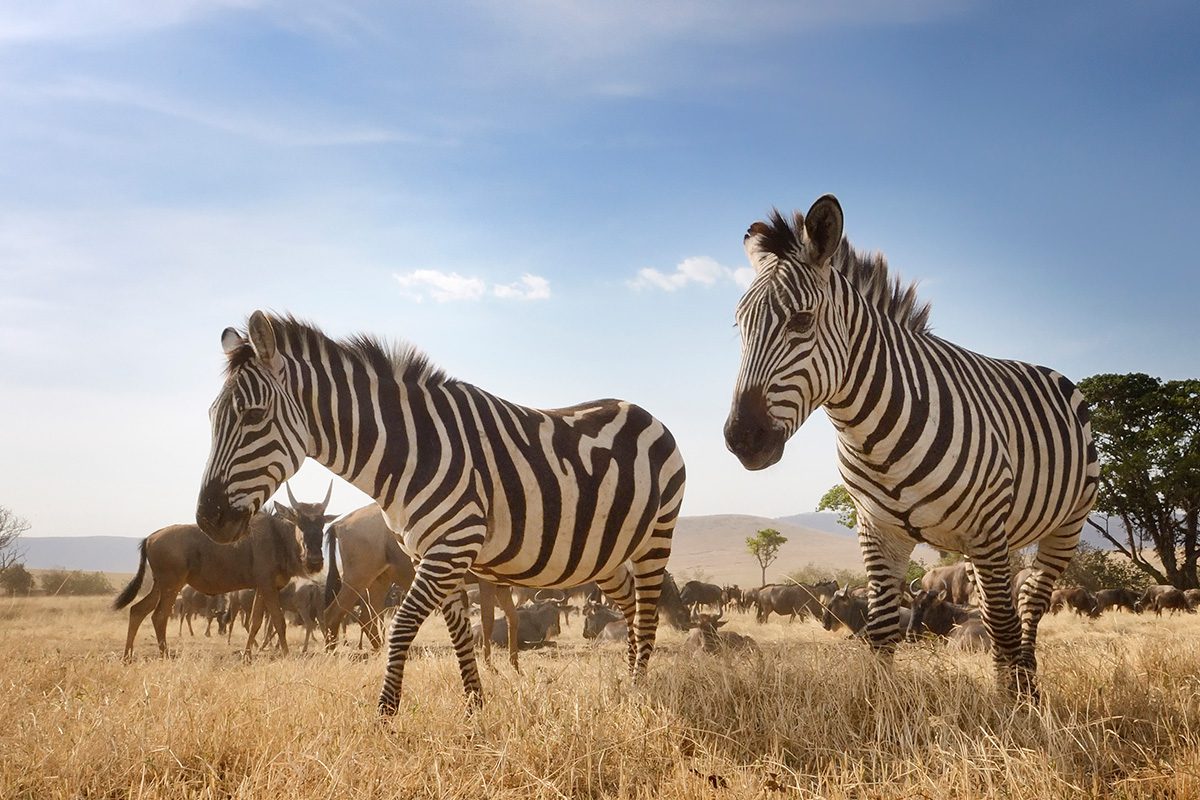
A walking safari in the Eastern Serengeti allows you to see the same wildlife the Serengeti is known for. A broad sample of the Serengeti’s signature wildlife lives here: wildebeest, zebra, eland and impala, among many others. Giraffes abound, too, so much so that one inspired guest nicknamed the area “Giraffic Park.”
How Will My Guide Enhance the Experience?
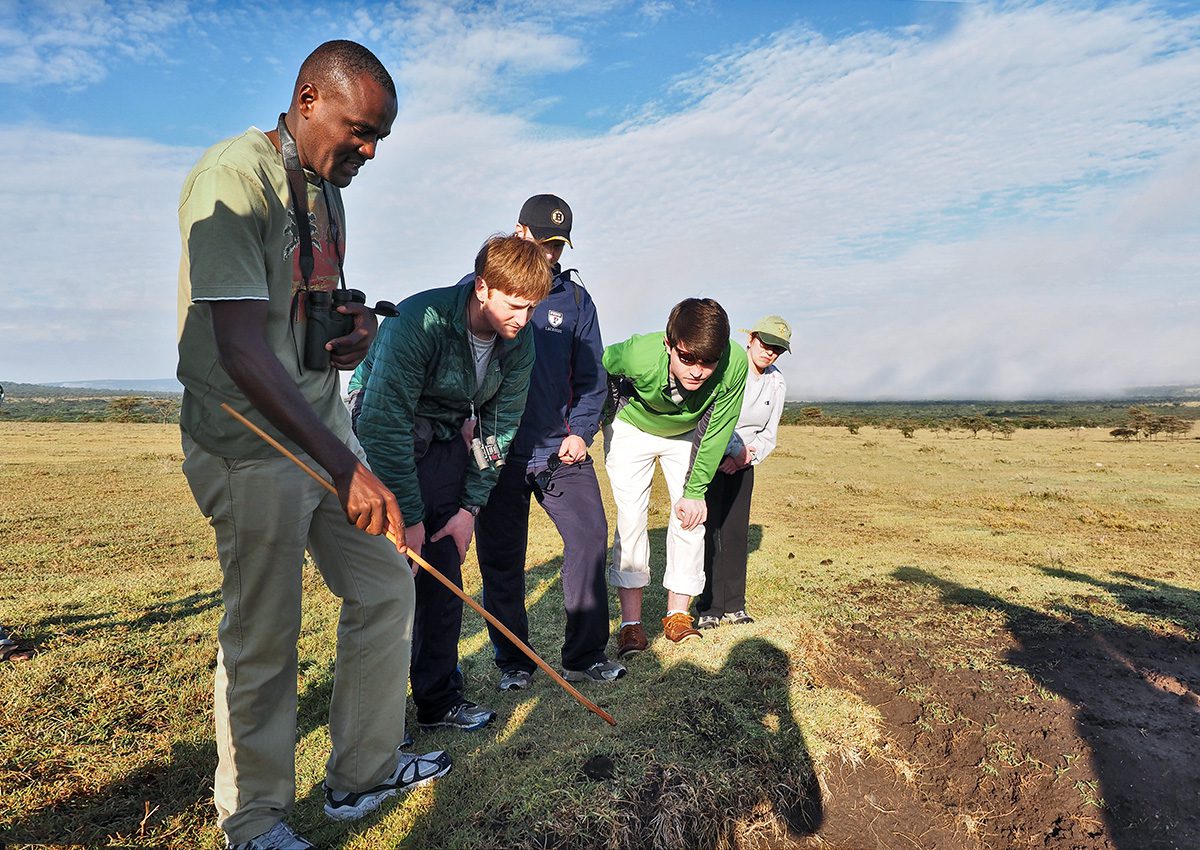
While driving safaris allow you to experience the breadth and scope of Tanzania’s wildlife, a walking safari gets you up, close and personal with the incredible little details you’d otherwise miss.
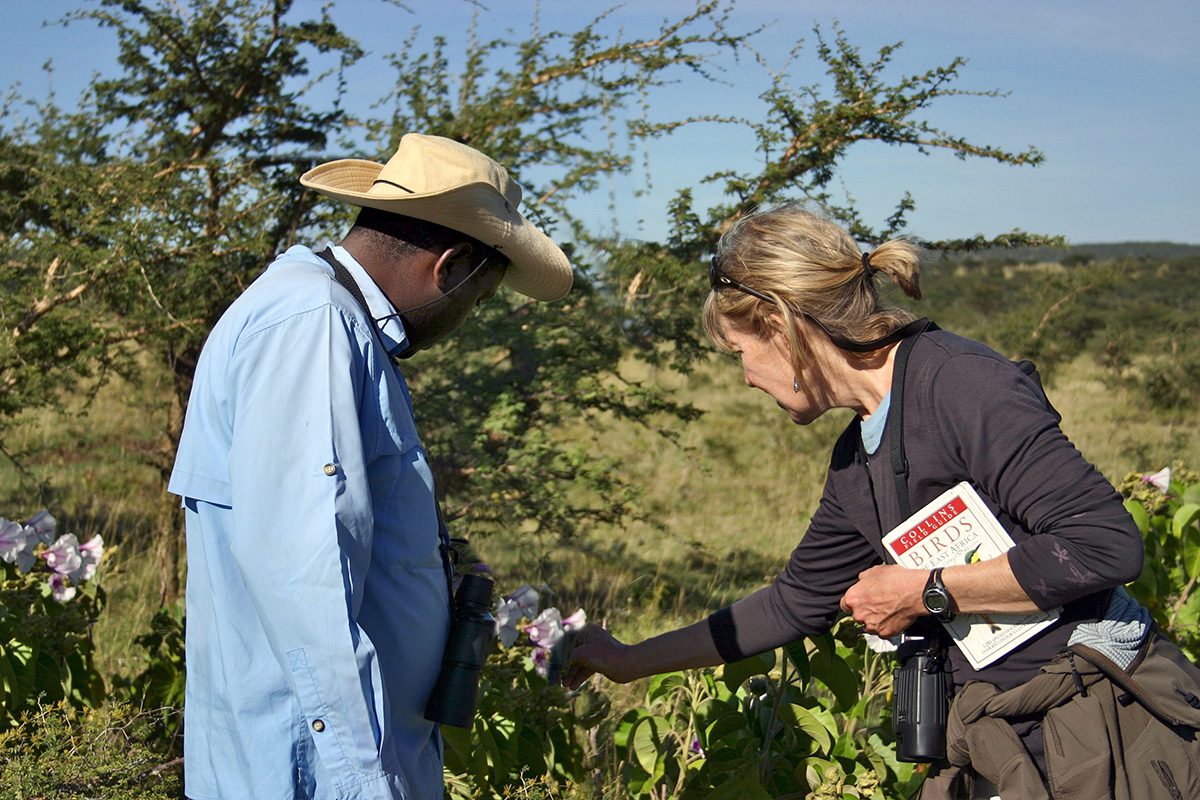
Insects, plants and small, skittering critters –your Thomson guides are experts who are happy to help you zoom in on them. They’ll teach you how to identify wildlife scat, prints, bones and more. When possible, they’ll let you get a feel for the landscape–literally–by touching trees that stick to you like Velcro, the leaves that feel like sandpaper and others that feel like toilet paper.
The depth of their knowledge is amazing. They’ll show you why the “whistling” acacia whistles, how the Maasai might use a particular plant for stomachaches, why giraffes prefer some trees to others and so on! Their expertise paints a livelier portrait of the ecosystem you’re stepping through.
Are Walking Safaris Safe?
Every walking safari is tightly regulated, and they are always led by Thomson guides who have gone through extensive wilderness and safety training for this exact experience. A wildlife scout/guard always accompanies you. They know exactly what to do on an African walking safari.
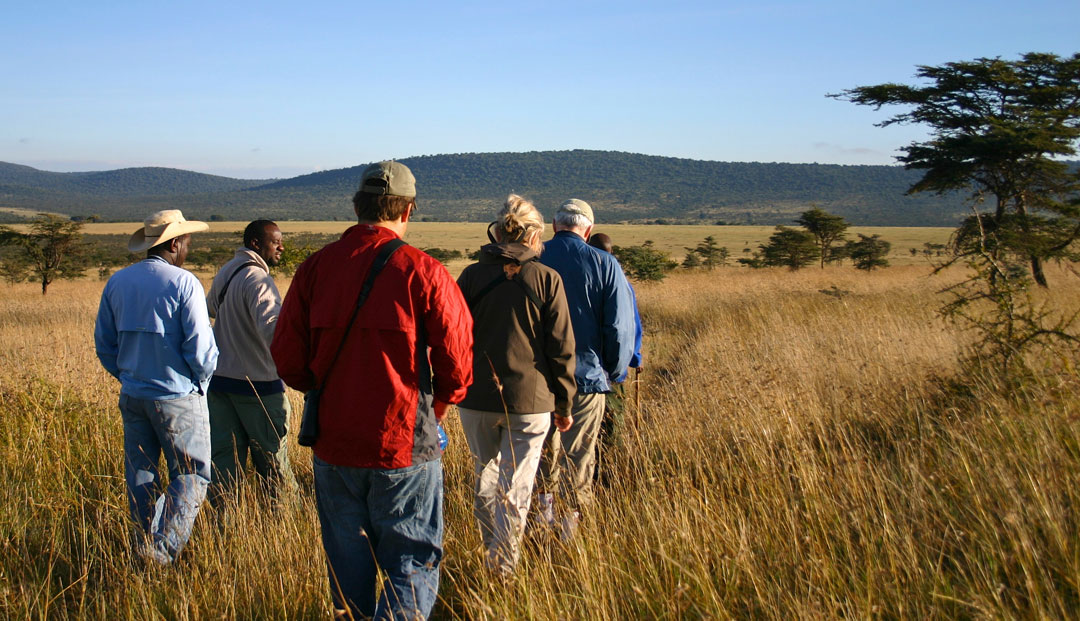
For example, your guide will ask you to stick to the prescribed paths and always remain at a distance from the wildlife. This is just one way your guide will help you make the most of the experience while adhering to tried-and-tested protocols.
Walking not your speed? Try running!
Morning runs are available in the Eastern Serengeti for active guests. To partake, simply ask your Thomson camp staff to accompany you, lace up your shoes and take off into the plains. That’s it!
You’re welcome to jog for as long as you’d like and return to camp at your leisure. It’s a great way to get active and immersed in the landscape.

